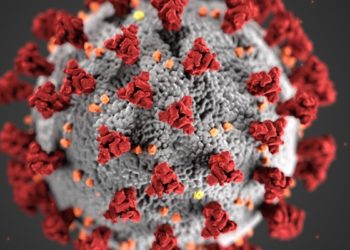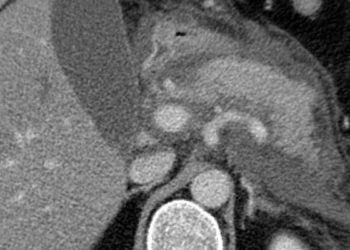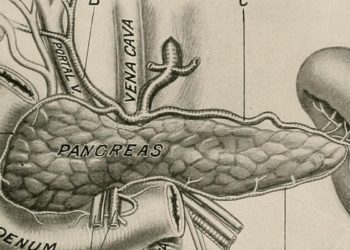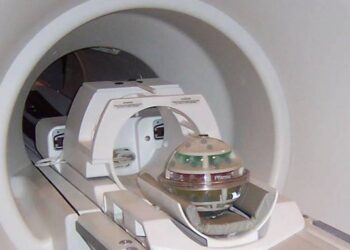Diabetes and ischemic heart disease account for highest personal health care spending in U.S.
1. Among 155 conditions, diabetes accounted for the highest health care spending in the U.S. in 2013, followed by ischemic heart disease, and low back and neck pain.
2. Personal health care spending increased for 143 of 155 specific medical conditions between 1996 and 2013, with the greatest rise observed in diabetes and low back and neck pain.
Evidence Rating Level: 2 (Good)
Study Rundown: Health care spending in the United States surpasses that in any other country in the world, accounting for more than 17% of the economy. However, little is known about how spending varies by specific condition, age, and across time. This study was therefore initiated to estimate U.S. spending on personal health care by various factors. From 1996 through 2013, $30.1 trillion was spent on personal health care. Among 155 conditions, diabetes accounted for the highest health care spending in 2013 at an estimated $101 billion, followed by ischemic heart disease at $88 billion and low back and neck pain at $87 billion. Over the 18-year time period, personal health care spending increased for 143 of the 155 conditions. Specifically, spending on low back and neck pain and on diabetes increased the most at $57 billion and $64 billion, respectively. Furthermore, spending on emergency care and retail pharmaceuticals increased at the fastest rates at 6.4% and 5.6% annual growth rate, respectively.
Overall, this study provides modeled estimates of U.S. spending on personal health care, showing that spending on diabetes, ischemic heart disease, and low back and neck pain account for the highest costs to Americans. An important limitation of this study is that population-weighted data was used to represent total national spending, which may be biased as it excludes certain populations such as incarcerated persons and those receiving care from Veterans Affairs facilities.
Click to read the study in JAMA
Relevant Reading: National Health Spending by Medical Condition, 1996-2005
In-Depth [cross-sectional study]: This study looked at 183 sources of data including government budgets, insurance claims, facility surveys, household surveys, and official U.S. records from 1996 to 2013. ICD-9 diagnoses were grouped to form 155 conditions. Of these, the top 20 conditions accounted for an estimated 57.6% (CI95% 56.9-58.3%) of personal health spending. Specifically, diabetes accounted for the highest health care spending in 2013 at $101.4 billion (CI95% $96.7-106.5), followed by ischemic heart disease at $88.1 billion (CI95% $82.7-92.9), and low back and neck pain at $87.6 billion (CI95% $67.5-94.1). For spending on diabetes, 57.6% (CI95% 53.8-62.1%) was spent on pharmaceuticals and 23.5% (CI95% 21.7-25.7%) on ambulatory care. Over the 18 year time period, personal health care spending increased for 143 of the 155 conditions. Specifically, spending on low back and neck pain and on diabetes increased the most at $57 billion (CI95% $47.4-64.4) and $64 billion (CI95% $57.8-70.7), respectively. Furthermore, spending on emergency care and retail pharmaceuticals increased at the fastest rates at 6.4% (CI95% 6.4-6.4%). and 5.6% (CI95% 5.6-5.6%) annual growth rate, respectively.
diabetes, 57.6% (CI95% 53.8-62.1%) was spent on pharmaceuticals and 23.5% (CI95% 21.7-25.7%) on ambulatory care. Over the 18 year time period, personal health care spending increased for 143 of the 155 conditions. Specifically, spending on low back and neck pain and on diabetes increased the most at $57 billion (CI95% $47.4-64.4) and $64 billion (CI95% $57.8-70.7), respectively. Furthermore, spending on emergency care and retail pharmaceuticals increased at the fastest rates at 6.4% (CI95% 6.4-6.4%). and 5.6% (CI95% 5.6-5.6%) annual growth rate, respectively.
Image: PD
©2016 2 Minute Medicine, Inc. All rights reserved. No works may be reproduced without expressed written consent from 2 Minute Medicine, Inc. Inquire about licensing here. No article should be construed as medical advice and is not intended as such by the authors or by 2 Minute Medicine, Inc.








